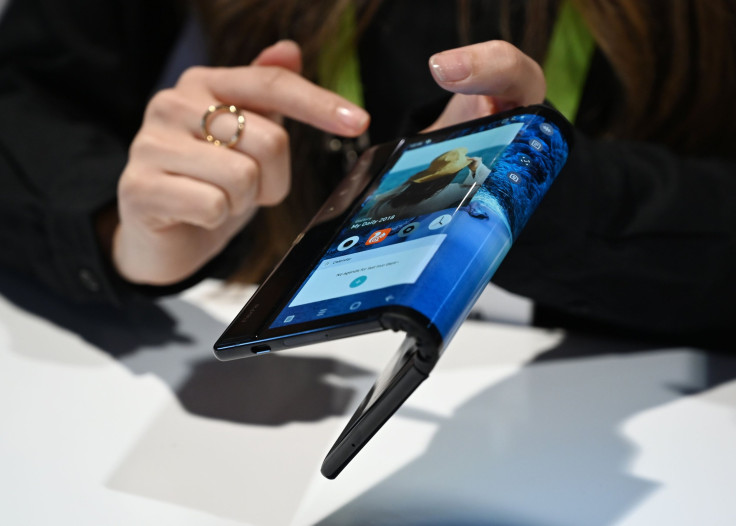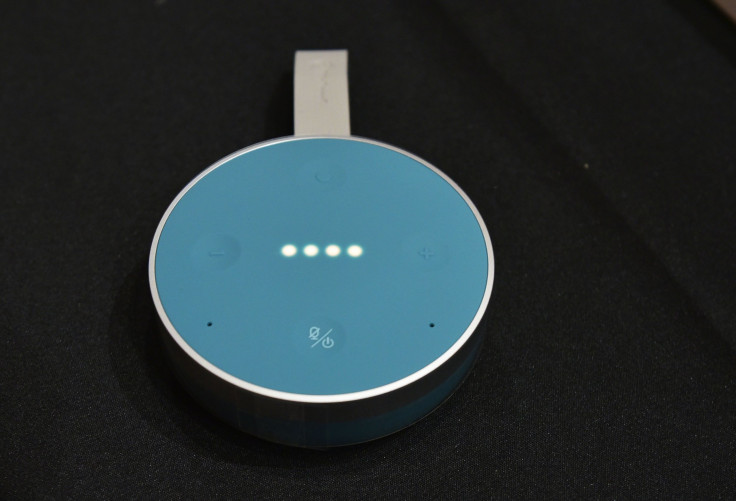2019 Predictions: How Technology And Media Will Change Over The Year

2019 will prove to be another crucial year in determining how companies drive revenue from technology. News of Apple’s massive stock drop, for example, in the first week of January has led to agitation in global markets, and is attributed to trade tensions between the United States and China.
In November, Apple announced it had missed sales targets because of weak iPhone demand in China – but many blame the hike in iPhone prices, too. After iPhone sales stagnated in 2015, the company increased product prices to try to meet these targets. This strategy has officially stopped working.
The problem isn’t exclusive to Apple: customers upgrade their phones less frequently now than they used to and the smartphone market is growing more saturated around the world.
Businesses are actively pursuing the “next big thing” as they experiment with new technology and new business models, hoping to stand out and be profitable. Here are three areas we expect to move significantly this year.
Foldable smartphones
The world’s first foldable phone was launched Oct. 31 by Chinese company Royole Corporation. Royole, a 6-year-old manufacturer of advanced flexible displays, sensors, and smart devices, created the FlexPai smartphone. This is a 7.8-inch “phablet” that can be folded in half like a book, essentially consisting of two screens that can interact with each other seamlessly, or be used independently.
The FlexPai’s release date beat announcements by Samsung, LG, and Huawei, whose own foldable phones are expected soon.
The gates are now open for more competitors to announce their variations of the technology, and 2019 will be the year they burst through the consumer market. Flexible handsets are set to be one of the most hyped consumer products this year. Many of these devices are expected to be powered by Google’s Android OS. Success will be in whether they actually address users’ expectations of digital content and support users in enjoying how they view that content.
Smart speakers
Fuelled by the development of Amazon Echo and Google Home, there has been widespread interest in voice technology in the last couple of years. The early adoption rate of smart speakers has surpassed smartphones, and these devices are thriving among all ages. As of early 2018, 20 percent of Americans already had access to a smart speaker. Most users are currently aged between 35 and 54 years , although younger consumers are also strongly drawn to this technology. New media trends such as podcasts are generating new users all around.
These devices are mostly used to play music, listen to audio books, and to control smart home devices. Increasing interest in podcasts has contributed greatly to the technology’s popularity – the Financial Times’ “Hidden Cities” podcast, for example, allows listeners to engage with each episode by speaking to their devices and requesting specific information. In 2019, we’ll see a huge increase in programming for smart speakers and interactive audio, with companies trying to replicate the FT’s success and develop innovative ways of delivering podcasts. As this market appeals to more customers, more programs will be created specifically for smart speaker use.

Subscription models
In recent years, tech and media companies have experimented with a variety of business models to increase revenue. For many digital products, “free” actually means advertising supported. The dominance of Google and Facebook in the advertising world has made this business model much less appealing for many others. In publishing, there has been a significant shift towards placing a paywall at various points in a user journey. For example, The Times has barriers on its landing page and the New York Times has a monthly limit, which requests users to become subscribers to read more articles. This has resulted in more than $1 billion in subscription revenue alone for the NYT in 2017, which did not go unnoticed by other publishers.
The Guardian and Patreon are currently trialing voluntary membership subscription models. In 2019, we will see more companies gravitating towards subscription, keeping advertising as a back-up revenue stream.
The result is that viewers and readers will have so many options to choose from, they’ll have to decide which service to stick with, rather than paying for an endless series of subscriptions. This will place extra weight on digital products having to offer a distinct service, coupled with unique content. The near future sees content publishers focusing on building stronger connections with loyal, paying users.
Over the coming year, competition among digital companies will intensify. Foldable smartphones, smart speakers, and subscription models will be focus points in this. The underlying question will be how well companies can drive success from them.
Tom Williams is CEO of Ostmodern, a media technology expert and a leading company in digital product design and video on demand delivery.
© Copyright IBTimes 2025. All rights reserved.





















